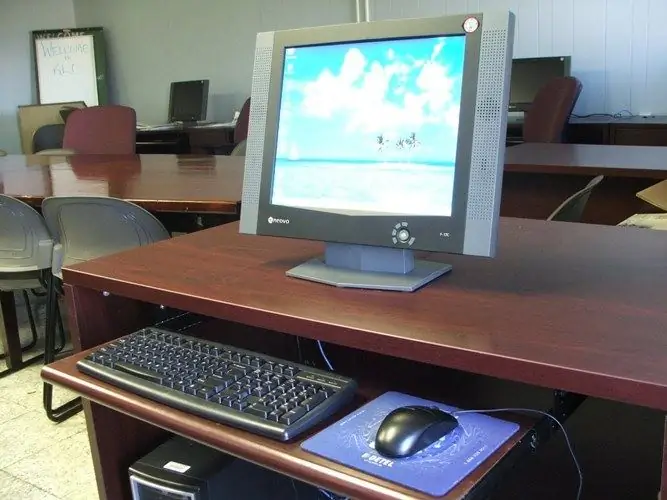Many users install two operating systems on their computer - Windows and Linux. By mounting Windows partitions in Linux, you can access the files of this OS. But sometimes the opposite problem arises - to look at the Linux partitions from Windows.

Instructions
Step 1
To access Linux files, use Ext2fsd. It allows you to see partitions formatted in Ext2 and Ext3 file systems. You can download the program here:
Step 2
When installing the program, select the required options. In particular, when a window appears prompting you to select additional tasks - "Select Additional Tasks" - check all the items. After that, the program will start automatically when the OS starts, you can not only read Linux files, but also write them. True, the program developers do not guarantee correct writing, so it is better to use this utility only for reading Linux files.
Step 3
After starting the program, you will see a window with a list of the partitions found in the system. Linux partitions are easily identified by the file system type - Ext2 or Ext3. To view the desired section, you need to mount it. To do this, double-click it with the mouse, a window will appear. If you only want to read files, check the box next to "Mouunt volume in readonly mode".
Step 4
If you check the box next to "Automatically mount via Ext2Mrg", this section will always be mounted automatically when the program starts. The item "Mountpoint for fixed disk, need reboot" is used to bind the disk to a specific letter, you should not mark it. If after mounting the disk, access to it does not appear, restart the system. The program works on both 32-bit and 64-bit systems. The interface is English only.
Step 5
You can also view Linux files using the well-known Total Commander program, but you will have to install the ext2fs.wfx plugin on it. You can download it here:
Step 6
After downloading the plugin, unpack the archive. Open Total Commander, then: "Configuration - Settings: plugins". In the settings window that opens, select "File system plugins (. WFX)" and click the "Settings" button. In the new window, click "Add" and specify the path to the unpacked ext2fs.wfx file.






